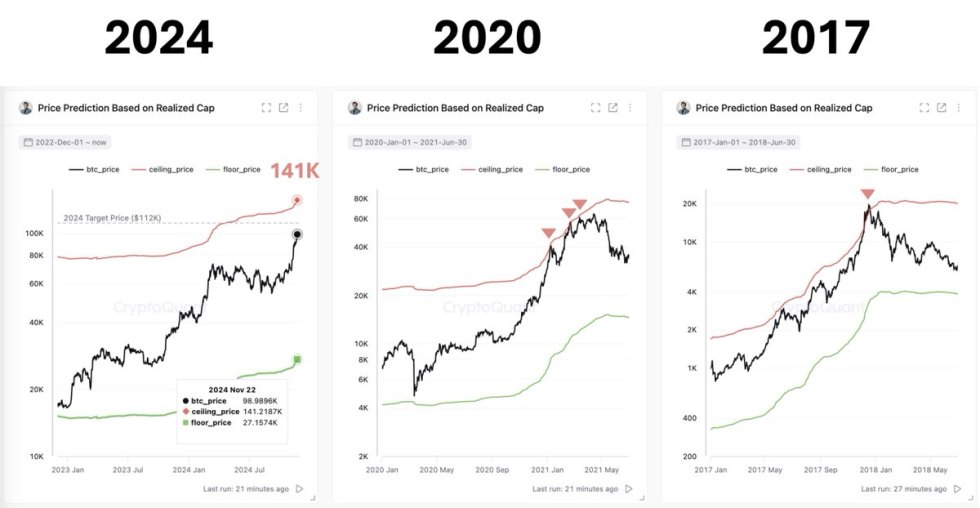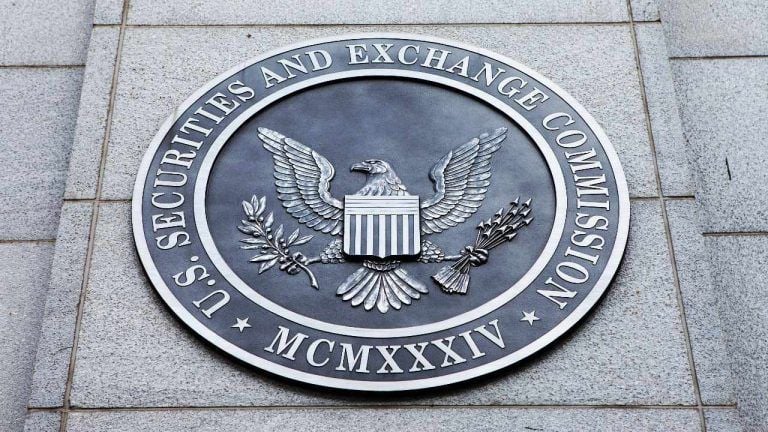I'm just confused about why many crypto ETFs A.K.A. "Trusts" that Grayscale provides have insane premiums and discounts to the point where the trusts never actually track the true value of the underlying assets.
The Litecoin is an amazing example of this. The NAV is $7.67 when Litecoin is trading at around $93/coin. This means that even if Litecoin hit a bullish price target of $200 - the NAV would still be at most about $16. The price of the Litecoin trust as of Friday close was $16 and change.
So basically, the pricing of the Litecoin ETF today could literally flatline even if Litecoin doubles in value, and the whole performance of the ETF could be just dismissed as "bringing the premium more in line with the NAV."
So who does this benefit? I mean it's great to trade. Short selling when you know that the premium is still 1.2-1.5x is kind of a no brainer, especially when I emailed them and they told me their goal is to make the premium disappear and make the trust function more like a spot ETF... but I know the Steller Lumens and other trusts Grayscale provides probably do the same thing. That's probably why they lost a TON of people when the Bitcoin spot ETFs came out - because everyone traded the premium/discount propaganda for an ETF that actually tracks the price.
So why do they even do this if they know it's a mess? Who does this benefit? Do hedge funds pay them to inflate/deflate the price to manipulate the market?
[link] [comments]

You can get bonuses upto $100 FREE BONUS when you:
💰 Install these recommended apps:
💲 SocialGood - 100% Crypto Back on Everyday Shopping
💲 xPortal - The DeFi For The Next Billion
💲 CryptoTab Browser - Lightweight, fast, and ready to mine!
💰 Register on these recommended exchanges:
🟡 Binance🟡 Bitfinex🟡 Bitmart🟡 Bittrex🟡 Bitget
🟡 CoinEx🟡 Crypto.com🟡 Gate.io🟡 Huobi🟡 Kucoin.




















Comments